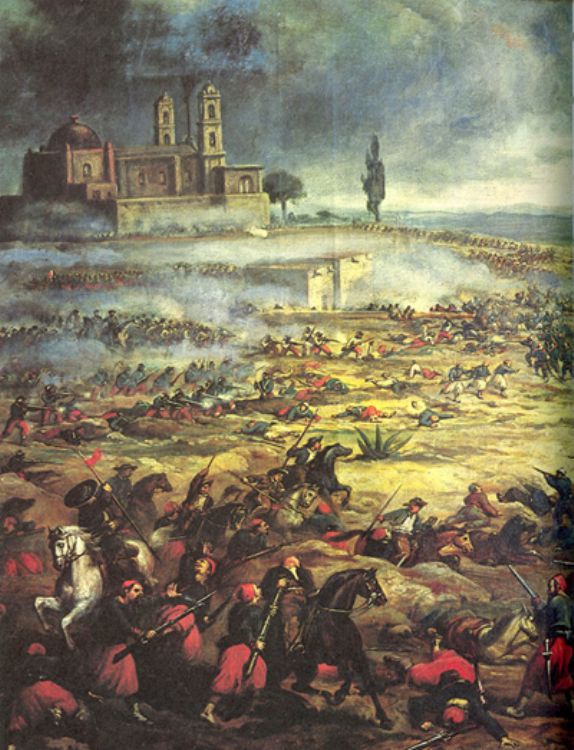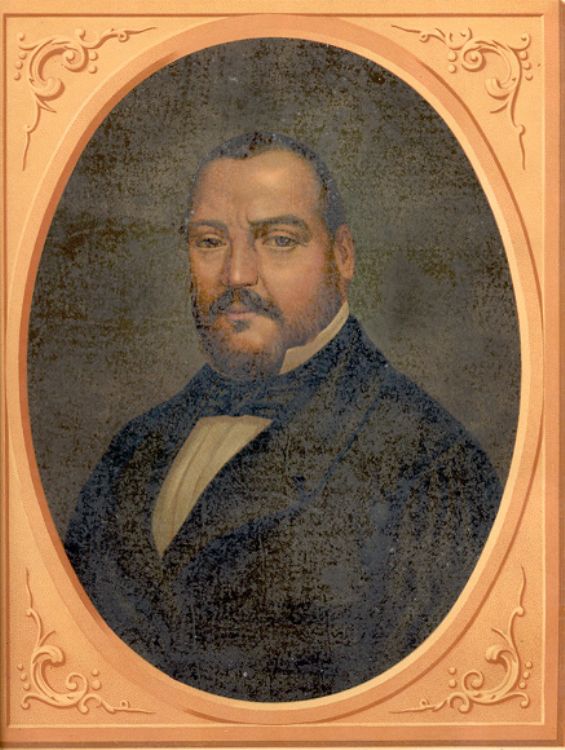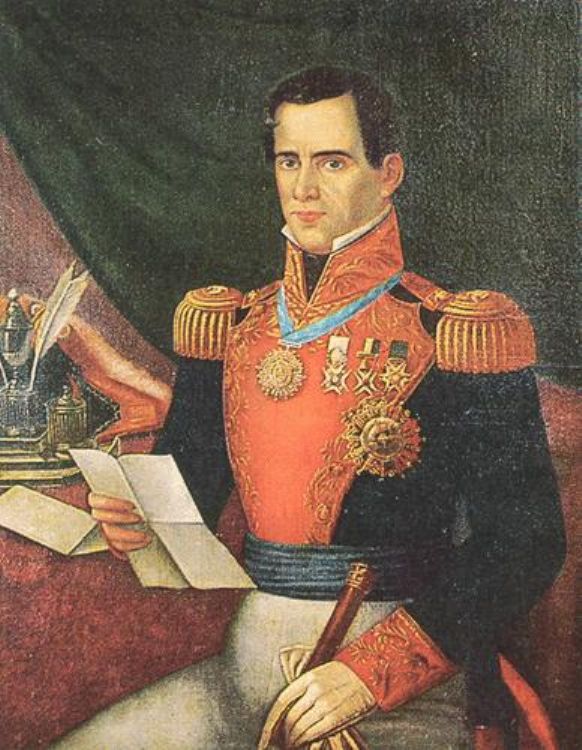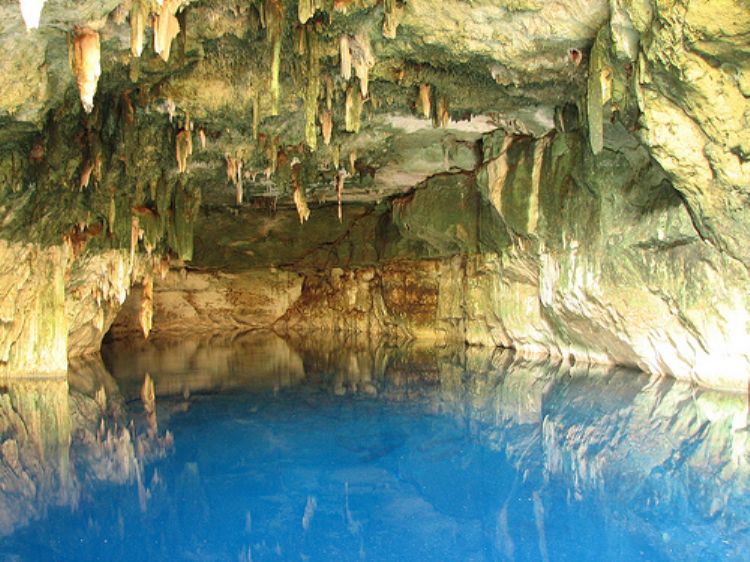Mariachi, Mexican Culture
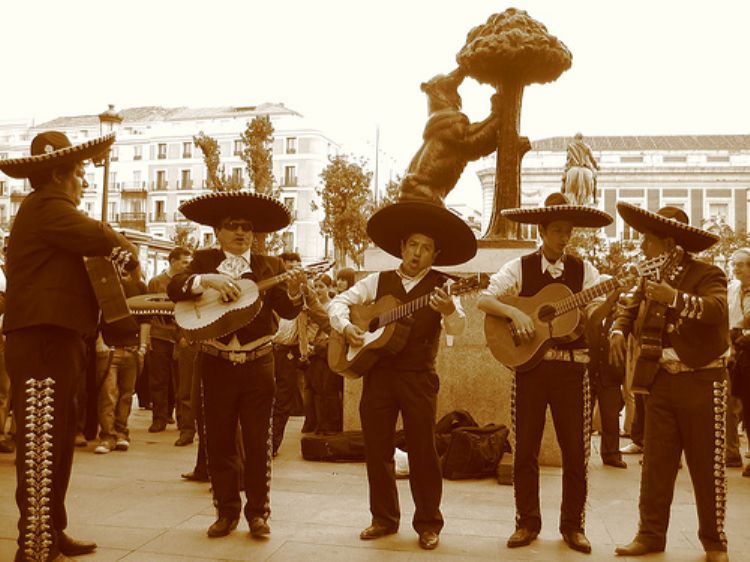
The dictionaries of Academia Mexicana de la Lengua and the Real Academia Española define mariachi as a group of musicians dressed in the charro style and interpreting popular Mexican music. There are various interpretations of the wordâs origin, a very interesting one says that during the French Intervention, mariachis used to only play at weddings; according to legend, during a wedding ceremony of ranchers in a town of Jalisco, French soldiers, in awe at a party where musicians had such an important role, asked what it was and somebody answered: âCâest un mariageâ, thus mariage (wedding in French) derived as mariachi.
One of the best known myths regarding this wordâs origin, now discharged as false, says it derived from a song to the Virgin Mary that mixes Náhuatl, Spanish and Latin. This song starts with the words âMaria ce sonâ which means âI love you Mariaâ.
Mariachi is a style that resulted from the mix of mestizo cultures with that of Spanish conquistadors and their Christian religion. In 1533, Friar Juan de Padilla taught the Christian doctrine to the people of Coculan by using Spanish music. The Indians included violins into their own music groups, manufacturing them from a wood called palo de colorín. Later, they invented the vihuela (a guitar-like string instrument) from armadillo shells.
Farmers from Nayarit were the first to play their music in mariachi groups and dressed according to their customs: cotton clothes and straw hats. In the XX century they began to dress in gala charro suits, which have been modified with different colors and ornaments.
Originally, mariachis were only formed by string instruments and with time added trumpets for their characteristic strength.
Populist President Lázaro Cardenas invited the Mariachi Vargas de Tecatitlán to accompany him during his 1936 political campaign, promoting this music style throughout the country. This mariachi was founded in 1898 by Gaspar Vargas de Tecatitlán, Jalisco and was directed by Silvestre Vargas, son of Gaspar. The arrangements of this mariachi were used by the great singers of that era, including Pedro Infante, Lola Beltrán and José Alfredo Jimenez.
Adapting the influence of the emerging jazz music and Cuban styles, mariachis adopted the trumpets, with which it standardized to include violins, guitarrón, guitars, trumpets and sometimes harps. The accordion is not an instrument of mariachi music, but is frequently added by mariachis who play outside of Mexico.
Mariachi is not a music genre because it interprets songs from different styles as son, ranchero, corridos, huapangos, waltzes and boleros; all belonging to traditional Mexican music.
Each year, the city of Guadalajara celebrates the International Mariachi and Charreria Meeting, with charro competitions and mariachi concerts. Mariachi groups from Serbia, Finland, Colombia, Spain, Japan and Latin America participate.
In Mexico City, it is traditional to hire mariachi groups at Plaza de Garibaldi, within the historic center. There, numerous mariachi groups of different size and prize wait to be hired each night.
Artículo Producido por el Equipo Editorial Explorando México.
Copyright Explorando México, Todos los Derechos Reservados.
Foto: Rinzewind

